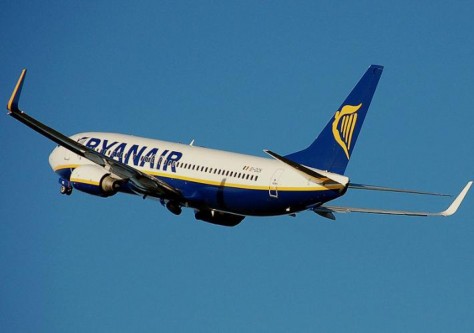O’Leary’s Damascene Conversion
Ryanair can do a few quick things to freshen up its brand image, but changing its culture will take a lot longer, according to Third City Partner Mark Lowe

In my very first Drum column, I suggested that Ryanair’s relentless focus on price over customer happiness was becoming a problem for the airline. Judging by its recent financial results and Michael O’Leary’s all-new service ethos, I’ve started to kid myself that he might even have read it.
OK, so that’s unlikely. But what he did do, I suspect, was look at the numbers and conclude that Ryanair needed to stop neglecting its customer and by proxy its brand.
In the last few months, we’ve seen a new advertising campaign (Ryanair’s first by an external agency) website and mobile app, much friendlier cabin crew and a bonfire of hated fees. But is this enough to turn easyJet’s tanks around?
O’Leary’s Damascene conversion to customer-centricity is certainly a victory for business school types, who for years looked on in horror as Ryanair piled on profit while seeming to disobey one of the basic principles of marketing: the law of value creation.
This law states that because value equates to benefits over costs, any profit made at the customer’s expense must be corrosive to a firm. To date, low costs killing experience haven’t been O’Leary’s business problem; they’ve been his business model. He had us believe that having a shitty time is the corollary of low price – the ‘hair-shirt’ approach to brand building, if you like.
Other brands, including some in the same sector, have proved that this need not be the case. JetBlue, an American low cost carrier, has been able to achieve similar costs per seat mile – the all-important performance metric in the airline industry – without upsetting customers and Toyota built a multi-billion dollar business on a low cost, good service model.
As one of those business school types, Professor Simon Bell recently put it to me: “Customers value a cost leader’ who can provide a stripped back product at rock-bottom prices, but they derive significant disutility from being stitched up.”
So can O’Leary, who has enjoyed such phenomenal success in the past, turn things around this time? For me, this will depend less on which ad agency he turns to or how good his website is and more on his ability to affect the culture of his company. To paraphrase MIT professor Edgar Schein, we often think we can separate strategy from culture, but most organizations are deeply coloured by employees’ tacit assumptions about who they are and what their mission is.
O’Leary’s service ethos will stand and fall on whether his employees – sales staff, ground staff, cabin crew – are prepared to put it into practice, because you can change a website overnight, but changing a culture takes a lot longer.
This article originally appeared on The Drum


